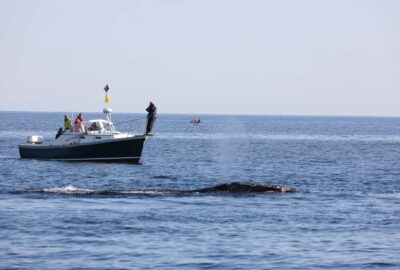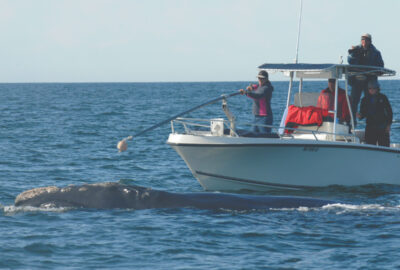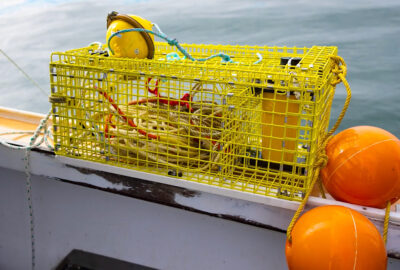Please note: We strongly recommend purchasing tickets online in advance during the heat wave, as our ticket booth is located outdoors.
Eavesdropping on Lacrosse
Researchers with the Right Whale Research Program at the Anderson Cabot Center were key members of two research cruises in the Gulf of St. Lawrence this summer. Here are some findings from the August cruise!
By Kelsey Howe on Monday, October 07, 2019

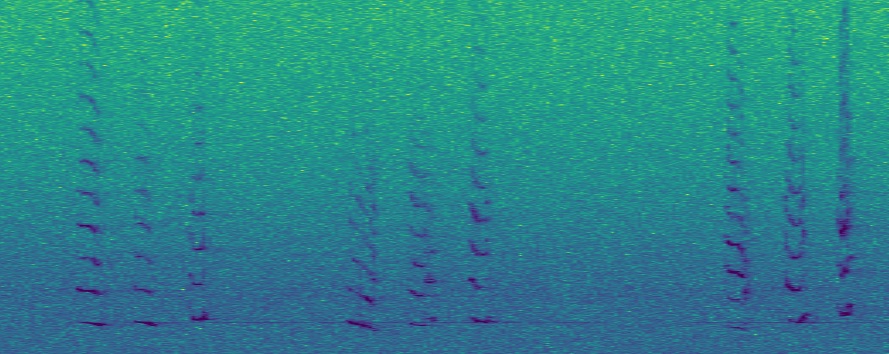
One of the best parts of teaming up with the students from Dalhousie University (Hansen Johnson, Delphine Durette Morin, Meg Carr, Kim Franklin) in the Gulf of St. Lawrence is that in addition to their plankton research, they are also equipped for right whale acoustic research. The calls that right whales make are still not fully known nor understood, and being allowed to listen in on them is very exciting.
Last year, the Dalhousie team spearheaded a unique multi-agency right whale acoustic research project in the gulf that was very successful. Continuing the research this summer, they came equipped with computer equipment and many sonobuoys, which would be deployed when whales were suspected of vocalizing.
A sonobuoy is a free-floating buoy containing a hydrophone (submerged microphone), and it transmits underwater sounds back to recording equipment onboard via radio waves. The sonobuoys from Dalhousie can send signals for up to several hours, allowing our vessel to move around the area while we continue other work.
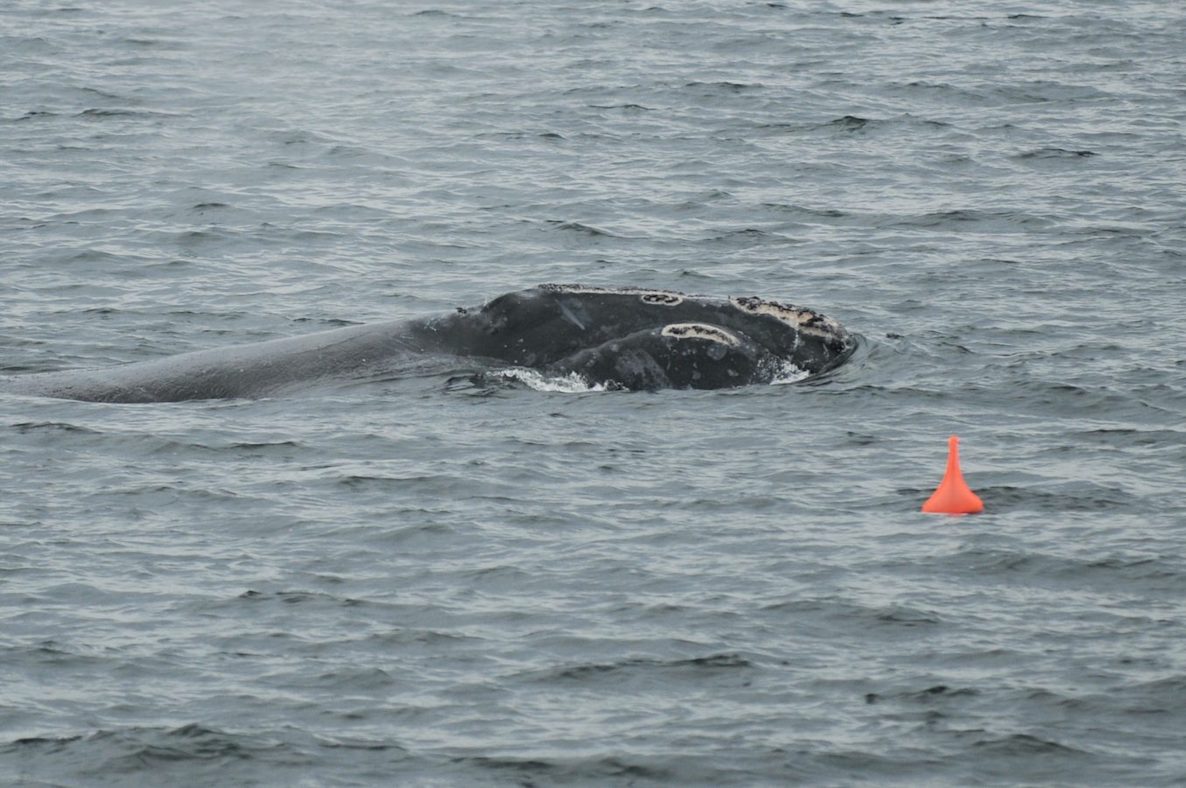
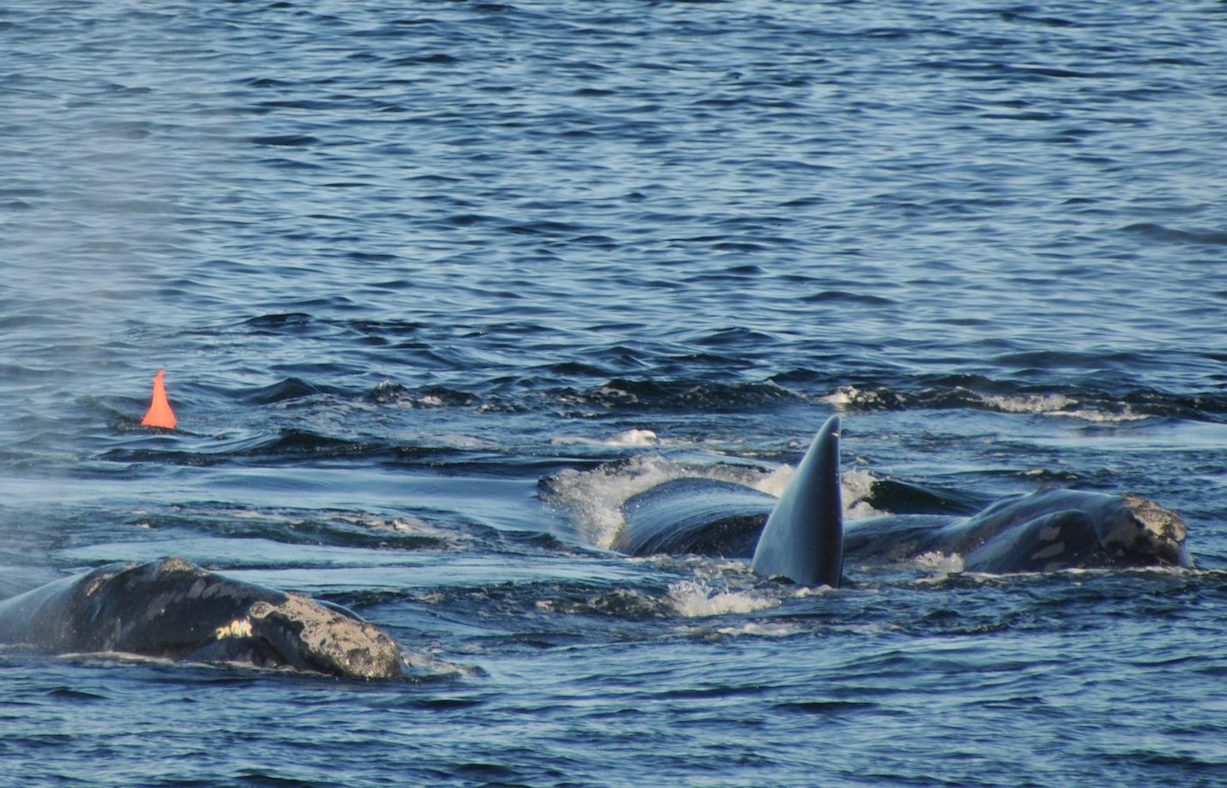
On August 17, we came upon the right whale Lacrosse (Catalog #1249) headpushing all by himself. Headpushing is when a right whale lifts its head out of the water and then forcefully pushes it down, creating turbulence at the surface. Since this behavior is often associated with “gunshot” vocalizations (named because it sounds like a gunshot), we deployed a sonobuoy and ended up recording really interesting repetitive tonal calls followed by a series of gunshots. He did this vocalization pattern over and over for the almost two hours that we were in the vicinity. Also, the timing of his surfacings were coordinated with the vocalizations: the tonal calls occurred when he was underwater, and he would surface soon after he switched to gunshots. Very cool to witness.
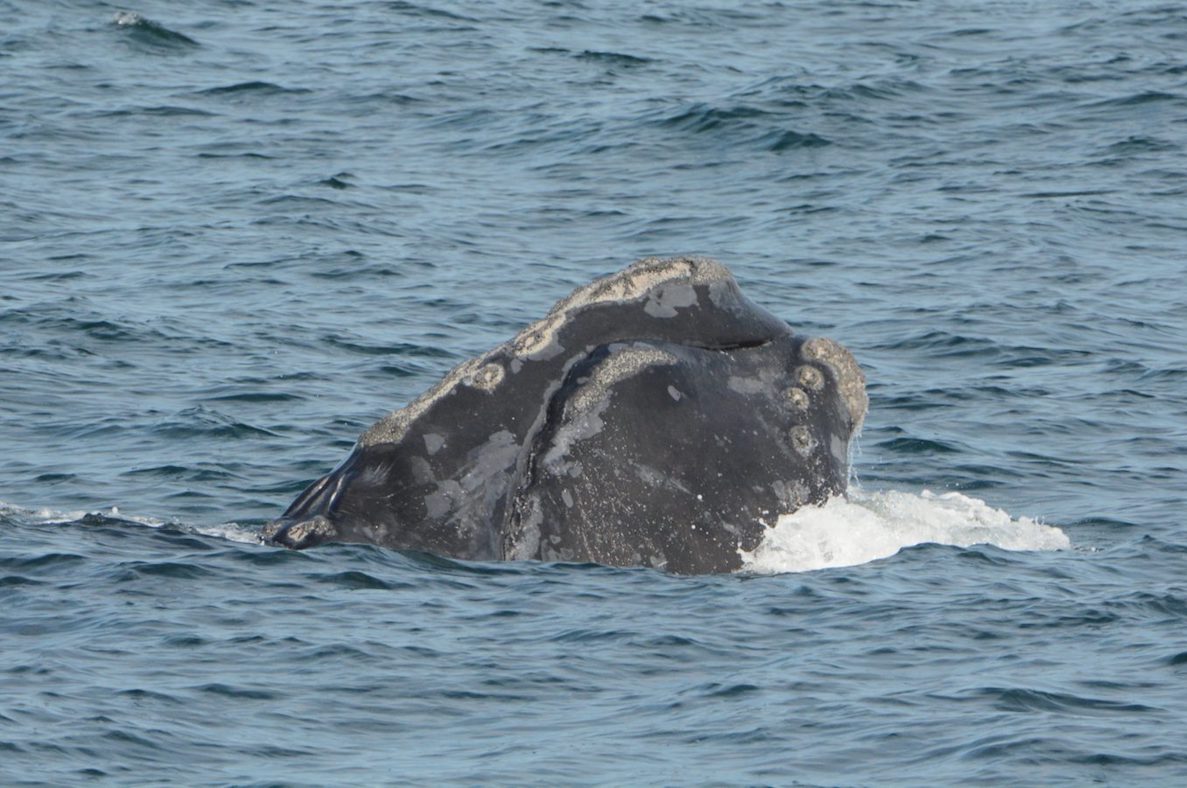
We are extremely grateful to Hansen Johnson and the rest of the Dalhousie University team for allowing us to share these recordings with our readers! They have also provided the spectrogram of each recording, which is a visualization of the frequencies of the calls. We paired one of Lacrosse’s gunshots with video of him actively headpushing so viewers can see and hear what the combination looks like. Enjoy these recordings (sound on) and prepare to be amazed!
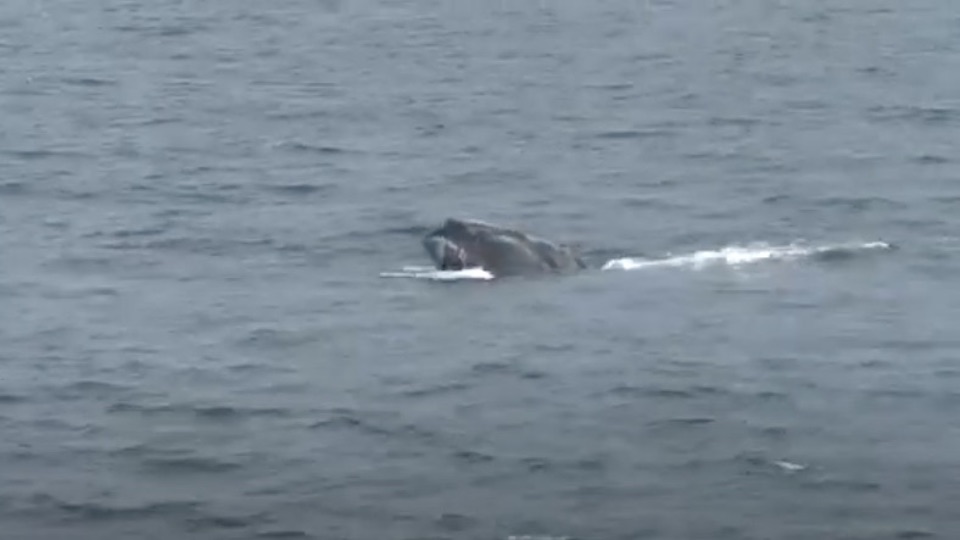
Right whale headpush with gunshot call
Using a hydrophone in the Gulf of St. Lawrence, Dalhousie University scientists recorded a right whale call known as the "gunshot."
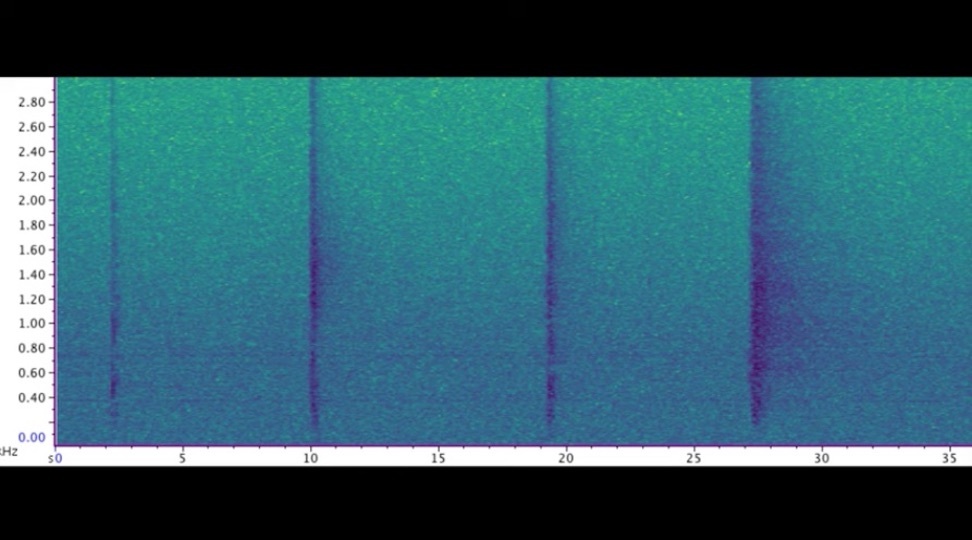
Right Whale "Gunshot" Series With Spectrogram
Using a hydrophone in the Gulf of St. Lawrence, Dalhousie University scientists recorded a series of "gunshot" calls from a right whale!

Right Whale Tonal Upcalls With Spectrogram
Using a hydrophone in the Gulf of St. Lawrence, Dalhousie University scientists recorded tonal upcalls from a right whale! The spectrogram provides a visual of the frequencies of the call.
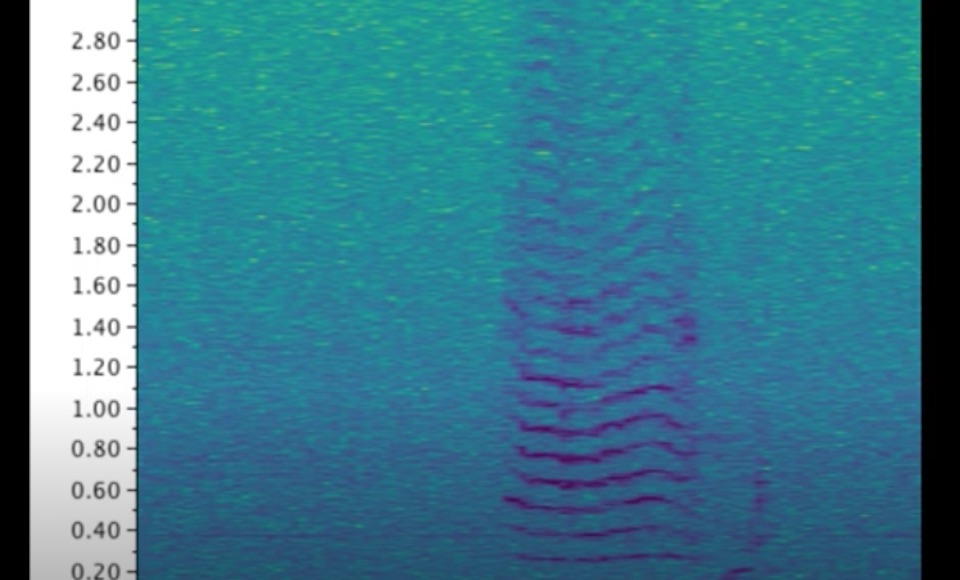
Right Whale Final Tonal Call With Spectrogram
Using a hydrophone in the Gulf of St. Lawrence, Dalhousie University scientists recorded a right whale tonal call that was the final in a series of calls- it sounds like a foghorn or trumpet! The spectrogram provides a visual of the frequencies of the call.
This work is made possible in part by the generosity of Irving Oil, lead sponsor of the New England Aquarium’s North Atlantic Right Whale Research Program.

